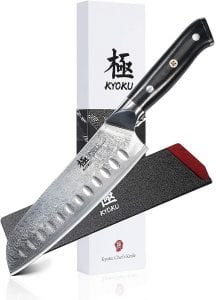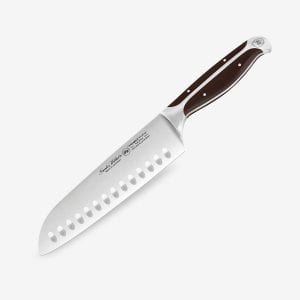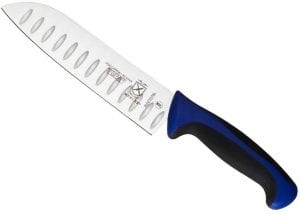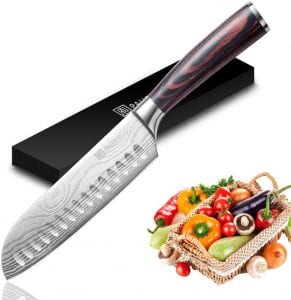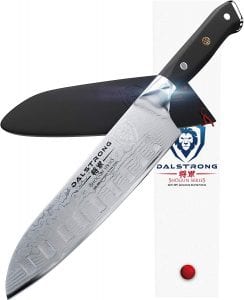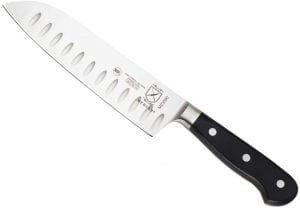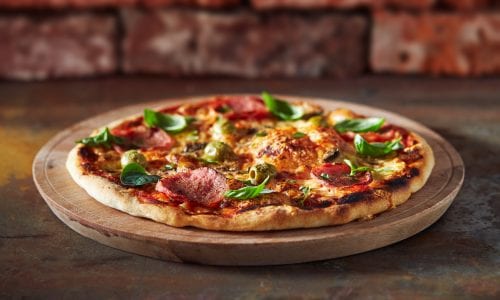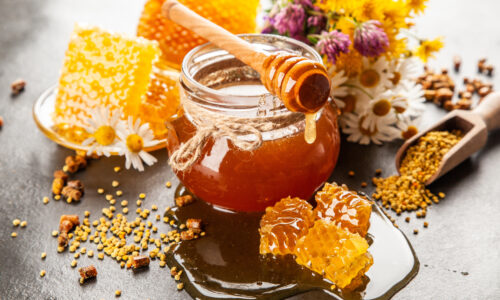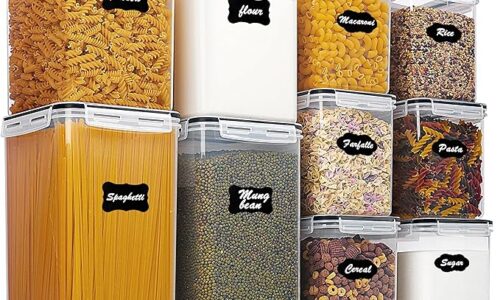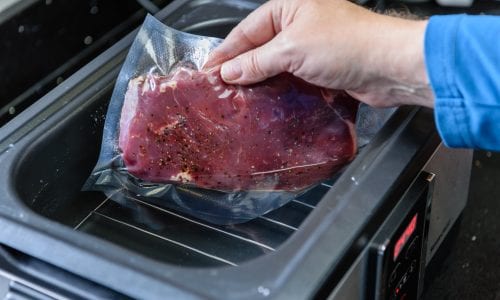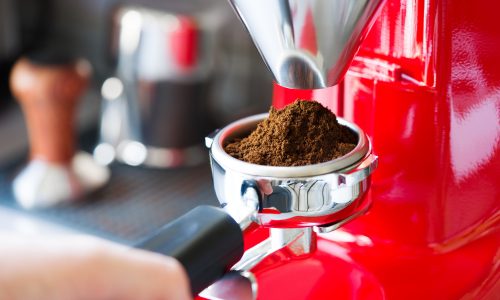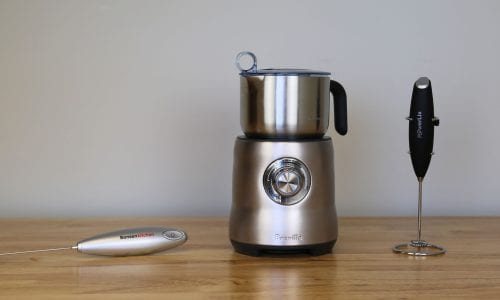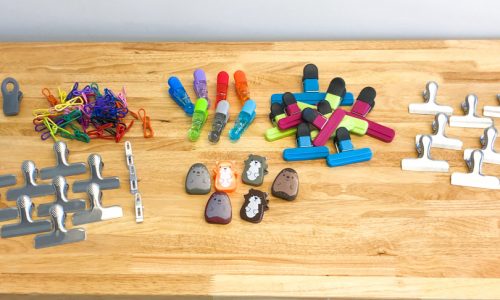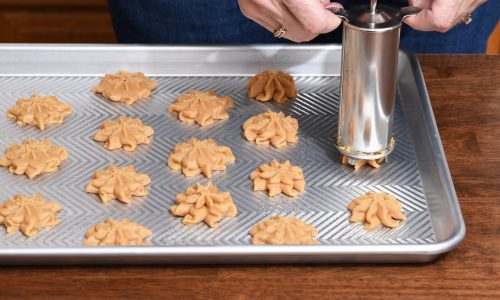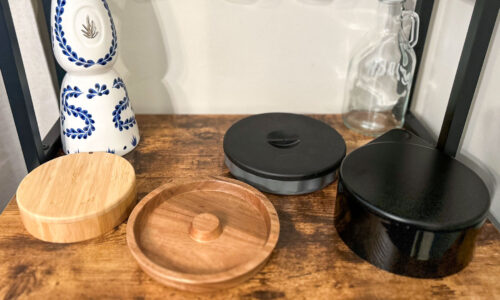The Best Santoku Knife
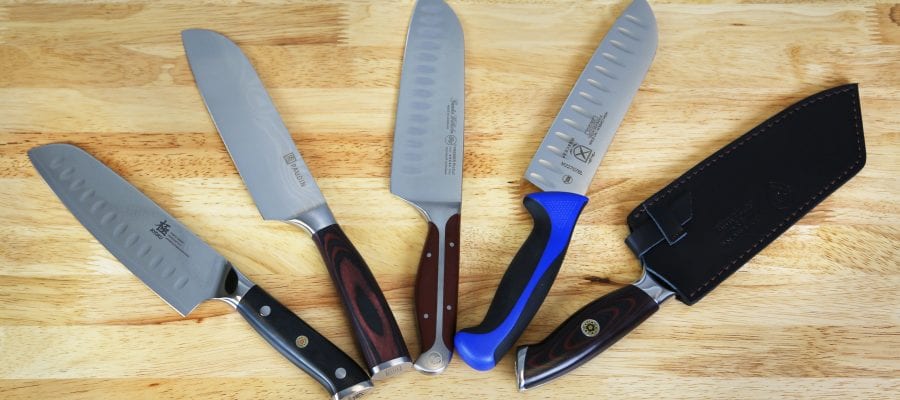
Our Review Process
Don't Waste Your Money is focused on helping you make the best purchasing decision. Our team of experts spends hundreds of hours analyzing, testing, and researching products so you don't have to. Learn more.
Our Picks For The Top Santoku Knives
This Santoku knife can cut through almost anything. It's manufactured with the sharpest Japanese steel for smooth cuts through everything from onions to tough squash. The lifetime warranty guarantees you'll have this beauty in your kitchen for years to come. In our test kitchen, this knife cut really smoothly — like butter. It felt sturdy in the ...
Ultra SharpThis knife is extremely sharp and durable, and it comes with a handy sheath case.
This Santoku knife slices, dices, minces and more. The scalloped details on the edge make it easier to remove stuck-on food while you're cooking. It's built extra tough thanks to a multi-stage heat treatment and ice-hardening process.
Multipurpose WorkhorseThis knife can handle any kitchen task with ease.
This Granton-edge knife is designed to hold fast in slippery conditions. The ergonomic handle's slip-resistant finger points and protective finger guard will keep your hands and food safe in wet or sweaty conditions. The blade is made from a single piece of easy-to-maintain carbon.
Slip ResistantThis knife will keep on chopping through hectic kitchen conditions.
This knife's ergonomic handle creates a perfect grip. The seven-inch length makes it easier to manage than larger chef's knives. The high-carbon stainless steel blade is rust-resistant for years of sharp cuts.
The PAUDIN High Carbon Stainless Steel Santoku Knife is a 7-inch kitchen knife that is crafted in the style of Japanese knives.
Th...
Comfortable and EffectiveThis knife is an economical, easy-to-use addition to your kitchen tools.
Buying Guide
“Don’t play with knives” is common advice for young children, but the rules get a little looser once you’re an adult, especially when you’re cooking. You can’t chop your onions or julienne your carrots with any old knife — you’ve got to try out a few different designs and brands to discover the best knife for the job.
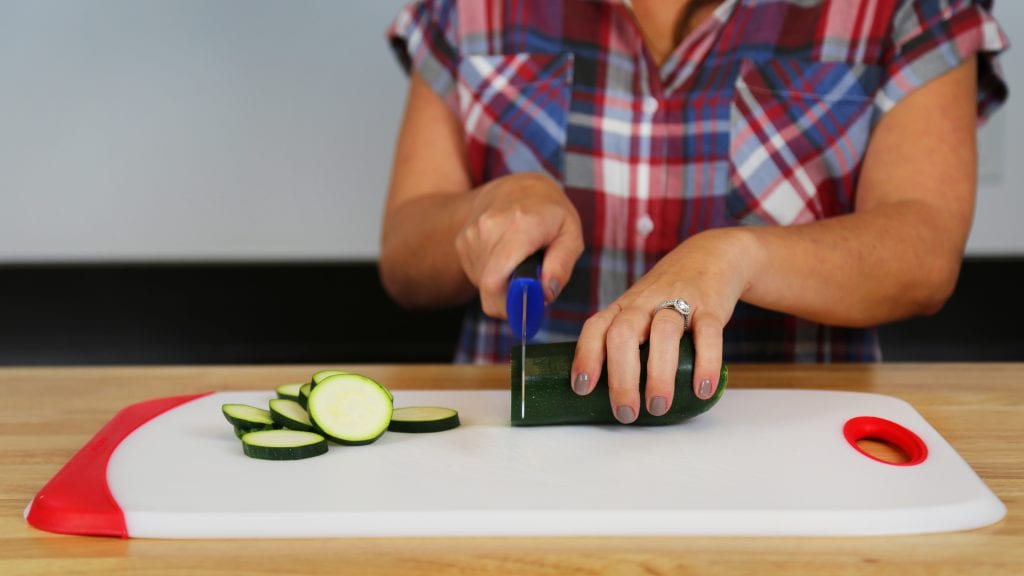
Knives come in many different styles to match different purposes. Chef’s knives are the workhorses of the kitchen: they run up to 14” long and are used for everything from chopping nuts to slicing herbs. Paring knives are much smaller and used peel and cut small fruits and veggies. You can use heavy meat cleavers to split chicken or beef from a bone, and create perfect single servings of fish with delicate fillet knives. Then there are Santoku knives.
“The Japanese Santoku knife is highly versatile,” says Julie Chernoff, dining editor of Better, a lifestyle website and print magazine. “It is similar to the Western chef’s knife in many ways, including the general shape of the blade, which is tapered toward the point from a broad blade, meant for rocking the blade while cutting or chopping so that the knife blade never fully leaves the cutting board.”
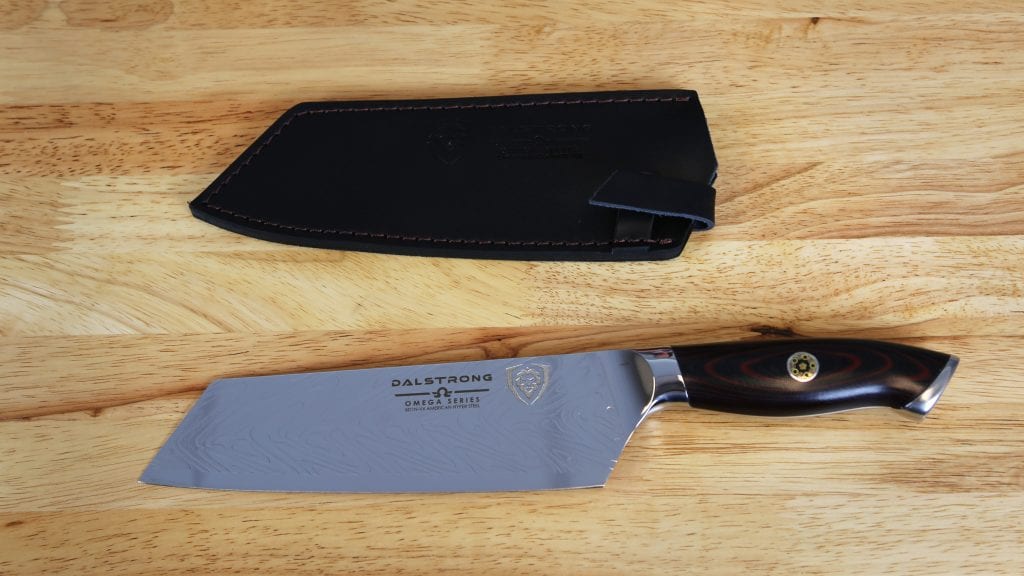
For many home cooks, Santoku knives are less intimidating than chef’s knives. They’re shorter and have a curved “sheep’s foot” tip that forms a gentle point. They usually have a more balanced weight distribution, so they’re a bit easier to grip.
Many Santoku knives also have a “Granton edge,” which refer to the dimples on the surface of the blade’s edge that help prevent ingredients from sticking to the blade. “Because of the Granton edge, these are best sharpened by a professional,” Chernoff says.
Overall, Santoku knives are very user-friendly and an asset to any kitchen. “Even its name tells you what it is meant to do,” says Chernoff. “Santoku means ‘three uses:’ mince, slice and dice.”
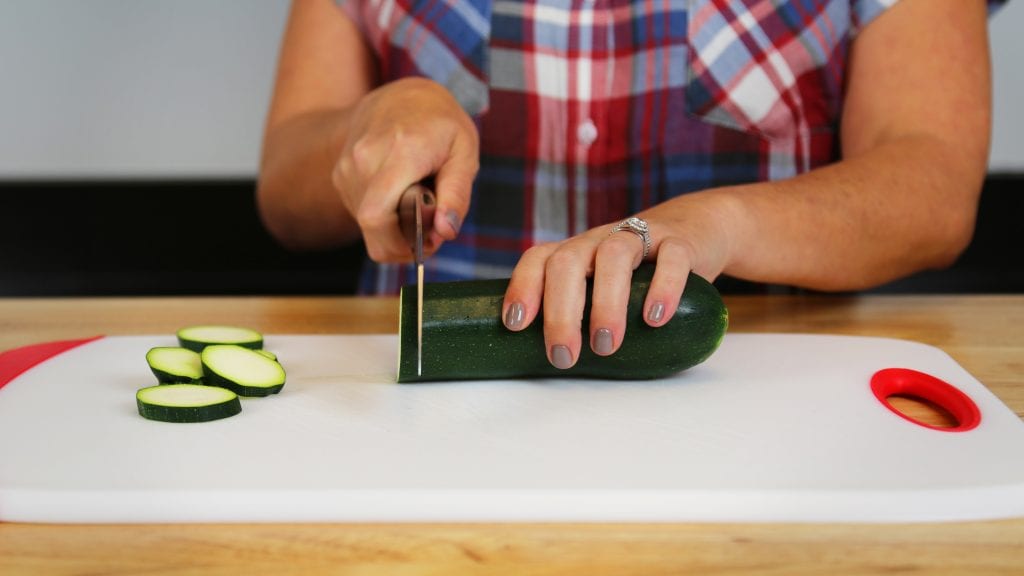
So how do you choose a great Santoku knife? First, figure out if the knives you’re looking at are forged or stamped. Forged knives are crafted from a single piece of hot steel that’s been cut into shape. They’ve got bolsters, which are thick sections of steel that provide a seamless transition from the blade to the handle. They’ve also got heels, which are the thickest piece of the blade right above the handle. A knife heel is designed to chop hard foods like carrots or nuts.
Forged knives are more expensive than stamped knives, which are machine-made. They have equal thickness throughout the blade, and they don’t have heels or bolsters. Forged knives can still perform well in the kitchen, and they’re great for beginner cooks who need some practice before investing in a pricier forged knife.
Ceramic knives are a newer option. They have impressive, razor-sharp blades that stay sharp longer than steel knives. They’re also lightweight and agile. However, they don’t have bolsters or heels and they’re not heavy enough to tackle tough vegetables. They work better as a complement to steel knives, not a replacement.
The best knife in the world won’t perform well if it has a bad handle. Handles are made from natural materials, like wood, or different kinds of tough plastics. Wood handles look lovely, but they might not stand up to wet conditions as well as plastic knives. You’ll want a handle that’s ergonomic and well-balanced for controlled, even chops.
Now that you know the basics about general-purpose Santoku knives, check out our Tips & Advice for sharp ideas on picking the right one.
Our Expert Consultant

Culinary Expert
Julie Chernoff is a long-time member of Les Dames d’Escoffier (past president of the Chicago Chapter, and current co-chair of the LDEI Legacy Awards Committee), the Association of Food Journalists (AFJ) and the International Association of Culinary Professionals.
Chernoff is the dining editor of Better, a lifestyle website and print magazine. Her journalism started in the test kitchens of Weight Watchers Magazine. She holds a BA in English from Yale University and is a graduate of the California Culinary Academy. She has spent the last few decades styling, photographing, teaching, developing recipes, editing, thinking and writing about food.
What to Look For
- The right knife will be an appropriate length for your daily cooking needs. A knife’s length is measured from the tip of the blade down to the top of the heel (or the beginning of the handle for stamped knives). Six-inch Santoku knives are agile, but they might not be right for chopping larger foods. A ten-inch Santoku knife can chop plenty of large fruits, veggies and meats, but they’re tougher to manage. A Santoku knife in the eight-inch range is ideal for most daily tasks.
- Keep your Santoku knife very clean to avoid rust and stains. You’ll want to hand wash it after every use with warm or cool water and dish soap. Use a non-scratch sponge to remove any stuck food.
- NEVER place your Santoku knife in the dishwasher, even if the manufacturer says it’s okay. The hot water can damage the blade, and your knife’s blade will get dull or chip if it knocks into other cutlery.
- Sharp knives are much safer than dull knives. Dull knives slide around on the surface of the food you’re cutting instead of slicing straight through, and that sliding can cause you to miss your mark and nick your finger. To maintain a sharp edge, buy a knife sharpener online or take your Santoku knife to a hardware store a few times a year for a professional sharpening.
- The round metal pole that comes with many knife sets isn’t a knife sharpener: it’s actually a honing rod, which is used to keep the blade straight. Stainless steel Santoku knives should be honed every 2-4 uses. Carbon steel knives need to be honed after every use. Your Santoku knife will only need to be sharpened about once or twice a year if you keep it honed.
More to Explore
Santokus are a relatively new kid on the knife block. They became popular in the mid-1940s, near the end of World War II. Japanese chefs were intrigued by some of the Western cooking they’d tasted and created their own version of the ubiquitous chef’s knife. Their mid-length creation took off, and now Santoku knives are common in kitchens around the globe.
They named the knife “Santoku” because the word translates to “three virtues” in Japanese. These virtues are the three tasks that a Santoku knife excels at: chopping, dicing and mincing. You can’t ask for much more from a general-purpose knife.

